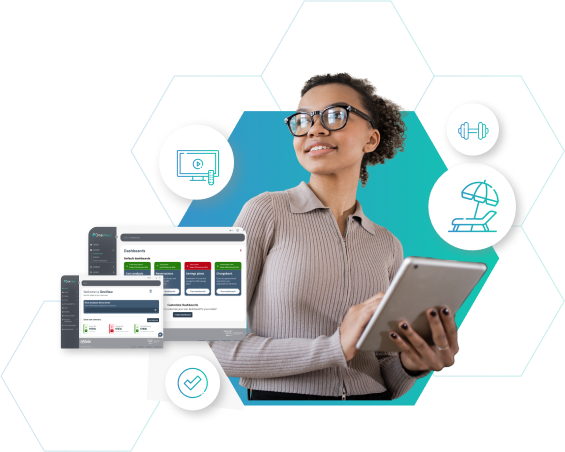Cutting edge mobile device management (MDM) and unified endpoint management (UEM) solutions are a must for every enterprise with a large mobile workforce. These solutions offer a smarter way to manage mobile devices and other endpoints in this time of rapid digital transformation.
However, not all MDM/UEM solutions are created equal. Smarter IT teams will look for solutions that enable them to simplify management of the mobile environment without compromising on the end-user experience. Here is our guide to 10 essential MDM/UEM features that will support your hybrid workforce and digital transformation strategy:
- Zero-touch enrolment
A smarter platform will offer seamless functionality for end-user device enrolment, so that you are assured your employees can get up-and-running fast. The solution should offer zero-touch, over-the-air enrolment of new devices to accelerate a security-rich device configuration experience.
- Support for diverse endpoints
A powerful MDM/UEM solution will enable you to manage your mobile devices, laptops, desktops, internet of things devices and other endpoints from a single interface. It should simplify management of all operating system and device platforms in use in your business.
- Containerisation for BYOD deployments
An efficient MDM solution should help you to support bring your own device (BYOD) users with containerisation. Containerisation creates separate containers for work and for personal use on your employees’ devices to safeguard the privacy of their data and the security of corporate information.
- Over-the-air patches and updates
One of the essential features of an MDM service is the ability to carry out automated over-the-air. Automation of patching software and updating operating systems and firmware ensures that devices are protected against the latest security vulnerabilities.
- Device inventory and tracking
MDM/UEM should provide a centralised dashboard to monitor and track all enrolled devices in your environment, including smartphones, tablets, and laptops.
- Policy enforcement
With a robust MDM solution in place, an organisation should be able to set and enforce security policies like passcode requirements, encryption, and app permissions to protect sensitive data. Smarter platforms will allow you to set policies by user group, location or device type as well as configure device and OS level policies from a unified console.
- Remote wiping of data
Functionality to remotely lock a device and to wipe data from a corporate device or from the corporate container on a BYOD is non-negotiable. This will safeguard company information if a device is stolen or lost; it also makes it easy to wipe data from a user’s device when they leave the company.
- Remote support and management
To simplify life for your IT team, MDM should enable them to troubleshoot and support devices remotely. This reduces manual work for IT administrators and means they don’t need to have physical access to devices to provide basic support to employees working remotely.
- Application and content management
Employees need to have easy access to the right applications and files to get their jobs done. With MDM, your IT team should be able to manage all mobile content centrally and keep applications updated. They should also be able to whitelist and blacklist apps for usage on corporate devices or containers.
- Advanced analytics and reporting
MDM/UEM solutions should offer in-depth analytics and reporting features, helping administrators gain insights into device and endpoint usage, security threats, and compliance status.
The knowledgeable team at 1Nebula has years of experience in helping enterprises to simplify operations and accelerate digital transformation. Contact us to learn how we can help you implement smarter MDM, mobile expense management and FinOps practices in your business.
